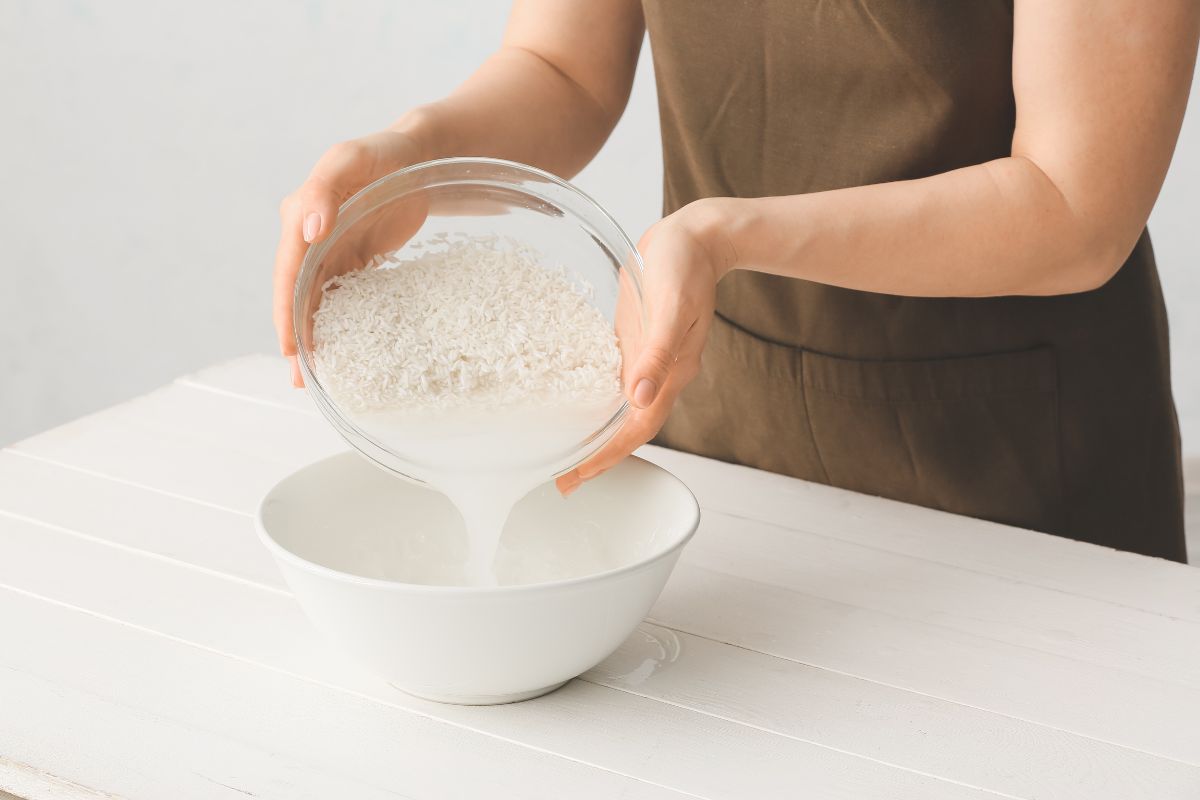


Soaking rice before cooking is an old practice. Many cultures have followed it for generations. While it may seem like an extra step, it offers several health benefits. Let’s explore why experts recommend soaking rice. It can enhance your well-being.
Table of Contents
ToggleSoaking rice before cooking lowers its glycemic index (GI). The GI measures how quickly a food raises blood sugar levels after consumption. By reducing the GI, soaked rice leads to a slower rise in blood sugar. This steadier energy release helps people with diabetes. It prevents sudden sugar spikes.
When rice is soaked in water. Enzymes break down carbs into sugars. This process makes rice easier to digest and reduces bloating and discomfort. Also, better digestibility lets your body absorb nutrients well. This promotes digestive health.
Soaking rice helps break down antinutrients such as phytic acid and tannins. These compounds can hinder nutrient absorption. Soaking rice boosts the body’s absorption of vitamins and minerals. It ensures that you get the most nutrition from your meal.
If you dislike sticky rice, soaking is your solution. Rinsing soaked rice removes excess starch, resulting in fluffier grains. The texture and appearance of the rice improve, making it more enjoyable to eat.
Soaking rice in water softens the grains, reducing their hardness. As a result, it cooks faster. This saves time in the kitchen. It also keeps the nutrients that long cooking might destroy.
In conclusion, soaking rice before cooking is easy and effective. It has many benefits. It can improve blood sugar control and nutrient absorption. Add this step to your cooking routine to enhance the taste and nutrition of your rice dishes. So go ahead and soak that rice—it’s worth it!
Remember to ask your healthcare provider or a nutritionist. Do this if you have specific dietary concerns or health conditions. Enjoy your delicious, nutritious rice meals!

